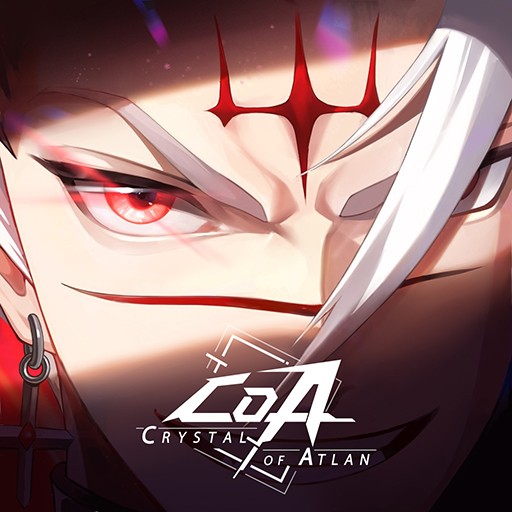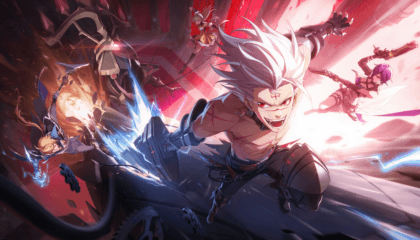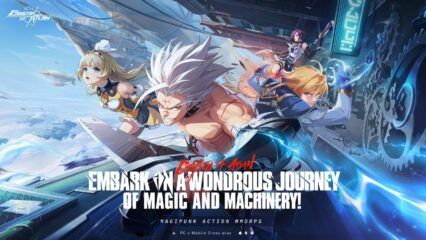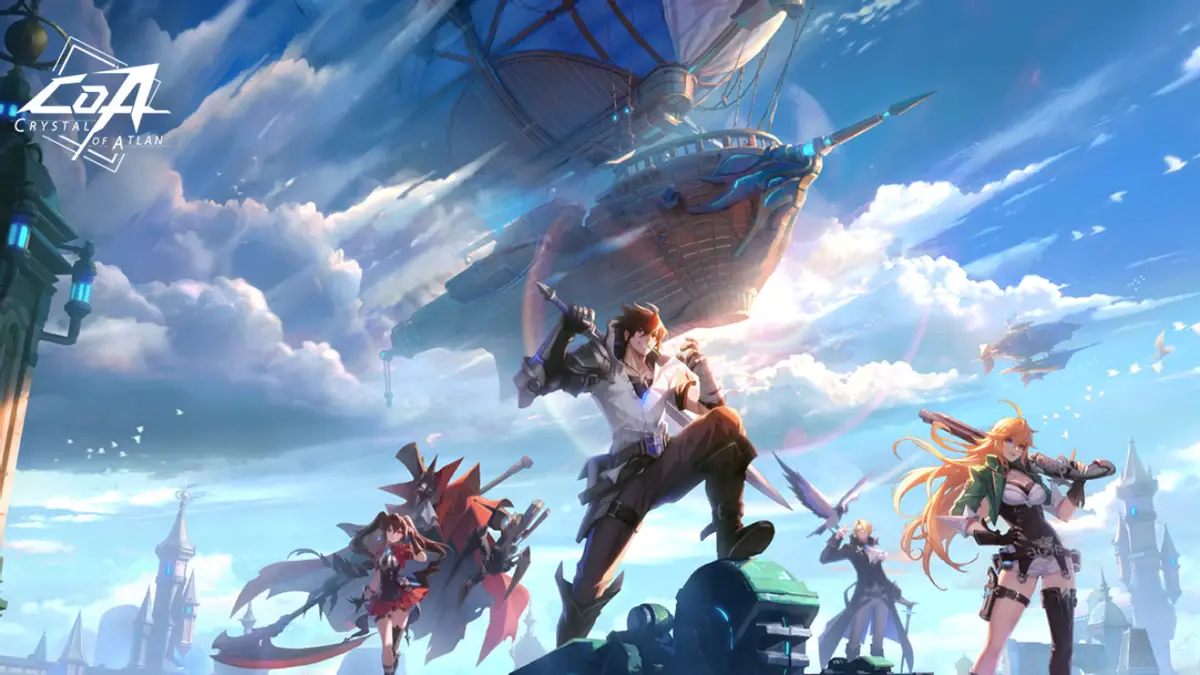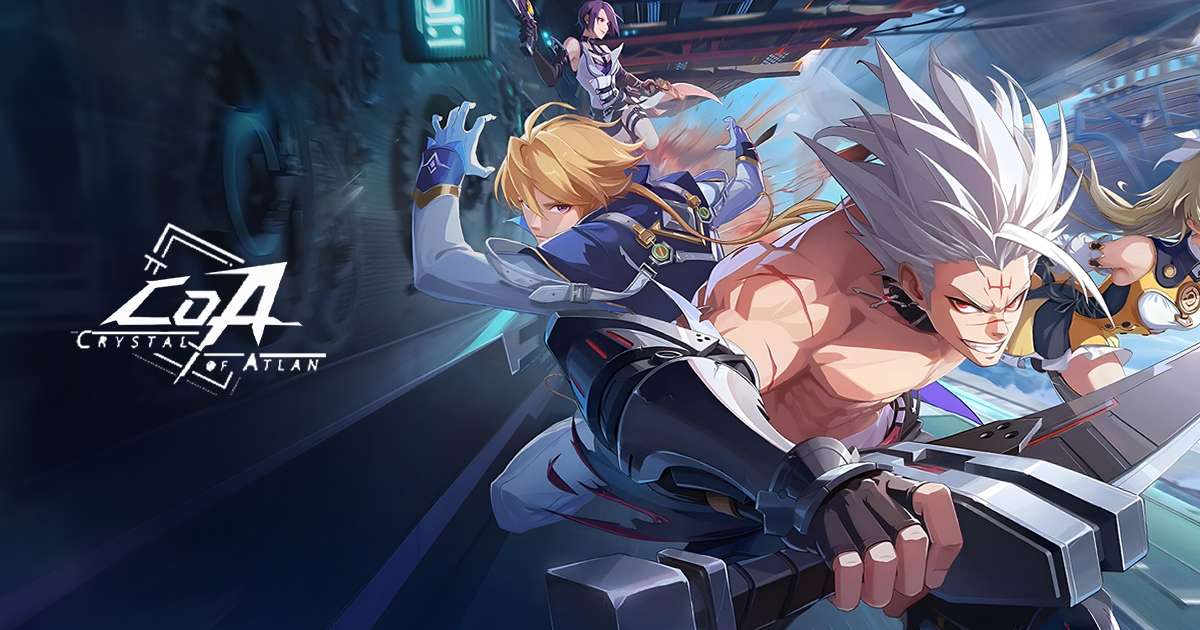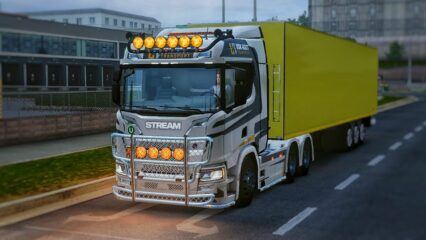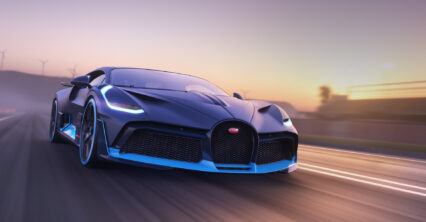Crystal of Atlan Class Tier Guide for 2025 — Best Classes for PvE & PvP
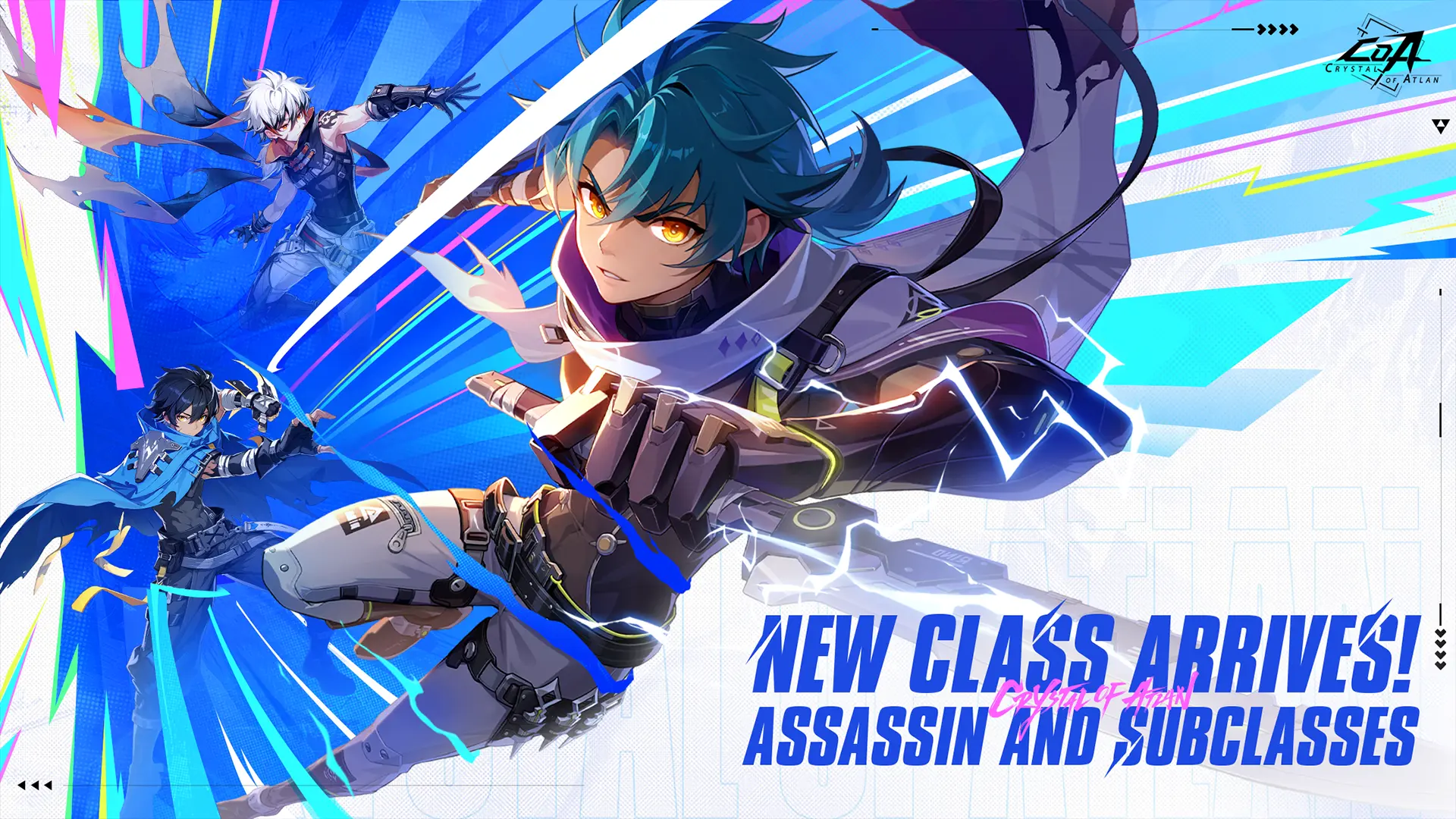
In Crystal of Atlan, which class you pick shapes how you fight, what roles you fill, and how fast you progress through the action. There are five base classes, each branching into multiple advanced subclasses around level 15. Some are easier to pick up, others have more complex rotations but higher upside.
No class is “wrong,” but some are objectively easier or more effective in certain modes. This guide ranks classes from S‑Tier (top notch) down through A, B, and C, gives you a rundown of what most classes play like, and helps you choose based on how you like to play.
Class Tier Breakdown
Before jumping into the tier list itself, it’s important to explain what each tier represents and how we arrived at our own picks:
- S‑Tier: Best of the best. Strong damage or utility, great in both PvE and PvP, forgiving or high ceiling for skilled players.
- A‑Tier: Very good, with trade‑offs. Could require more gear, better timing, or more mastery to shine.
- B‑Tier: Decent and fun; solid options especially for beginners, but less optimal in endgame or high‑skill PvP.
- C‑Tier: Lag behind current meta. Might work for specific builds or for players who like them, but more effort required for less payoff.
Keep in mind we’ll be talking about the combat aspect here. For information on how the life skills work in Crystal of Atlan, make sure to check out our blog!
S‑Tier Classes
Here are the classes you’ll want to aim for if you’re playing relatively seriously, want strong performance, or want to avoid major frustrations down the road.

Scytheguard
Scytheguard is a hybrid subclass of Puppeteer that offers both defensive and offensive capability. You fight using your Marionette—a puppet you control with special skills—and also directly with melee or mid‑range strikes. What makes Scytheguard stand out is its ability to provide AoE damage while also offering crowd control and survivability. Some skills let the Marionette deal damage even while you reposition or escape, and you can dish out sustained damage thanks to warding or barrier skills. In many fights, Scytheguard shines because they can protect teammates with healing or damage reduction, soak hits, and still stay relevant in damage output.
Recommended for: Players who enjoy a balanced playstyle with both support and damage; those who want to be resilient in team content; people who prefer slower‑paced fights where positioning and timing matter.
Berserker
The Berserker is a subclass of Swordsman focused on raw physical damage and ferocious melee combat. Its kit is built around delivering high burst and repeatable damage (especially in close quarters), often empowering its output when its own HP is lower or via abilities that scale off of “fight or survive” states. Berserker has skills with super armor or similar defensive leeway, letting you trade hits and stay in the fight. There are many active and passive talents geared toward maximizing damage, closing gaps to enemies, and surviving harsh content by converting damage taken or health lost into shields or healing effects. Because of this, you tend to see Berserker performing strongly in both PvE clear content and PvP duels where you can get up close.
Recommended for: Players who like high‑risk, high‑reward melee play; those who enjoy being front‑line and dealing massive damage; people who can manage cooldowns and positioning to avoid being overwhelmed.
Mystrix
Mystrix is a ranged DPS subclass of Musketeer that emphasizes aerial combat, mobility, and stance mechanics. You’ll often shift between different stances or modes to maximize your damage output, control space, and avoid incoming damage. Part of Mystrix’s strength is its ability to stay safe from a distance, allowing you to whittle down enemies while switching between mobility/damage modes. Also, Mystrix tends to have good burst windows especially when skills align or when you can optimize rotations. The package is powerful—but harder to master, because the stance/mechanics and mobility demand players stay alert, dodge well, and manage resources efficiently.
Recommended for: Players who like ranged combat, mobility, and high skill play; those who enjoy learning mechanics, mastering dodge and rotation; people who prefer staying out of melee range and taking advantage of positioning.
Warlock
Warlock, another subclass of Magister, flips expectations: though coming from a mage base, it thrives in close to mid‑range combat, blending dark magic with transformation or mark‑burst mechanics. Warlock classes use curses or mark‑effects on enemies, then detonate them for high damage. There are also lifesteal or sustain elements making it more forgiving when you take damage. You’ll need to get into fights more than a pure ranged spellcaster, and manage transformations or state changes to maximize your output. Against tougher bosses or in PvP, Warlock shines because of its burst potential and sustain, though its survivability lags behind tanks and hybrids unless carefully played.
Recommended for: Players who like magic plus melee mix; those who don’t mind getting into danger for bigger payoff; gamers who enjoy burst damage with some complexity; people who want strong class for both PvE and PvP.
A‑Tier Classes
These are strong classes that might require more effort, be less forgiving, or depend heavily on gear/rotation to approach S‑Tier performance.

Magiblade
Magiblade is a Swordsman advanced class that blends melee swordplay with elemental skills. You’ll be using quick combos to build up flow or shadows, then releasing burst attacks that hit hard. Its skillset demands good management of cooldowns and positioning—the damage you deal goes up critically if you can chain your skills without wasting time or movement. It isn’t the easiest class for beginners, because being caught mid‑combo or using your burst when enemy interrupts are up can leave you vulnerable. But when played well, Magiblade delivers a satisfying, high‑damage hybrid style that rewards precision.
Recommended for: Players who enjoy executing crisp combos, managing cooldowns, and want a high ceiling with flashy melee + elemental mix
Blademaiden
Blademaiden (Puppeteer subclass) specializes in controlling the battlefield using your Marionette puppet and AoE zones of damage. You’ll often alternate between commanding the Marionette to attack or using skills that involve both you and it, to overwhelm groups of enemies. Key strengths include strong damage in boss fights and multi‑target encounters, especially when you can position both yourself and the Marionette properly. The downside is that vertical movement or aerial mobility is limited; if enemies are airborne or movement is chaotic, it can be harder to keep consistent damage. Also, the skill ceiling is relatively high, since Marionette cooldowns and positioning matter a lot.
Recommended for: Players who like area control, coordinated positioning, and don’t mind learning a more complex rotation
Starbreaker
Starbreaker is a Fighter‑derived subclass focused on raw burst and mobility. It tends to excel in dealing single‑target damage quickly, with relatively simple combo flows, making it more accessible. Starbreaker shines in PvE when you need to kill bosses or high‑HP targets fast. However, in PvP or content with many enemies, it’s less versatile than classes with more AoE, sustain, or crowd control. You’ll still need to manage gap closing, dodge well, and optimize your burst windows.
Recommended for: Players who like high burst, fighting one‑on‑one or boss fights, and want less complexity in rotation
B‑Tier Classes
Good enough especially early game or for casual play. Might struggle in high‑end content or against more optimized opponents, but still viable and fun.

Bounty Hunter
Bounty Hunter is ranged DPS with good speed and mobility, leaning into attacking from distance, poking, and lightweight burst. Its strength lies in fast clearing of small enemies and mobility to avoid damage, but it lacks strong defense or crowd control compared to higher‑tier classes. In tougher content or PvP, Bounty Hunter often suffers if caught out or pressured. Still, it’s fun to play, responsive, and good for players who prefer dodging and kiting over tanking.
Recommended for: Players who enjoy ranged play, movement, and fast pacing without heavy defensive responsibilities
Magician
Magician (Magister subclass) has a very utility‑and‑spell oriented kit. It offers crowd control, illusions, magic effects, and some supportive or control options, but its damage tends to lag behind front‑line DPS unless built specifically for hybrid style. It also typically requires mastering card cycles or skill rotations and tolerating less survivability. But for players who enjoy variety, showy spells, and playing a bit more behind the front lines, Magician can be satisfying and flexible.
Recommended for: Players who like magical variety, utility and control, and are okay with lower raw damage in exchange for versatility
Cloudstrider
Cloudstrider is a Fighter subclass known for high mobility, fun evasive gameplay, and flashy movement. It has speed, dash mechanics, and skills that let you reposition a lot, which can be very useful in PvP or dodging area attacks. But damage output and sustain are weaker compared to many in higher tiers; you’ll need good gear and skill use to make the most of it. It’s more forgiving in casual content, but less ideal for heavy DPS benchmarks or endgame boss content.
Recommended for: Players who prefer speed, agility, and style over raw power; those who like to dodge, reposition, and avoid damage rather than absorb
C‑Tier Classes
These are classes that currently lag behind in performance or require too much extra investment for limited returns. Not the worst options, but lower priority if you want efficiency.

Elementalist
Elementalist (Magister subclass) is the more “classic mage” archetype: elemental spells, AoE damage, good range, and flashy visuals. Its strengths are in hitting many enemies at once, or softening groups before the main damage dealers move in. But the flipside: slower cast times, lower durability, and vulnerability in PvP when caught. In high‑end content, Elementalist often lags behind because it lacks strong sustain or defensive utility, and its damage is less impressive without perfect casting or gear.
Recommended for: Players who love mages, enjoy ranged AoE fights and spell effects, and don’t mind being delicate or avoiding close‑range combat
Gunner
Gunner is a Musketeer advanced class with long range and potent DPS when built correctly. However, compared to other ranged classes, it tends to suffer more from positioning constraints, cooldowns, and vulnerability if enemies close in. The output is good, especially in PvE situations with space to maneuver, but less ideal in tight PvP or team fights where mobility or utility are more valued. Also, sometimes its skill set requires more precision or timing than average.
Recommended for: Players who prefer ranged, high burst but are comfortable with maintaining distance and using precise skills
Choosing the right class early in Crystal of Atlan can make your journey smoother, especially in PvP and PvE. If you want strong performance with less risk, aim for S‑Tier selections like Scytheguard, Berserker, Mystrix or Warlock. A‑Tier classes are excellent second picks, while B‑ and C‑Tier classes offer style or niche strengths but require more effort or patience.
If you want the smoothest experience diving into Crystal of Atlan, with better visuals, keyboard and mouse controls, multi‑instance setups, clearer animation frames, and less lag, play Crystal of Atlan on PC using BlueStacks. It amplifies your control, speed, and overall performance, letting you explore classes, rotations, and skill combos without fighting your device’s limitations.
Pick a class, practice, enjoy, and let your playstyle shine in Crystal of Atlan. Keep progressing in Crystal of Atlan with our other in-depth guides:
Crystal of Atlan Tips and Tricks for Beginners
Crystal of Atlan Tier List for the Strongest PvE and PvP Classes
Crystal of Atlan Skill System Guide – Learn How to Equip and Upgrade Skills

